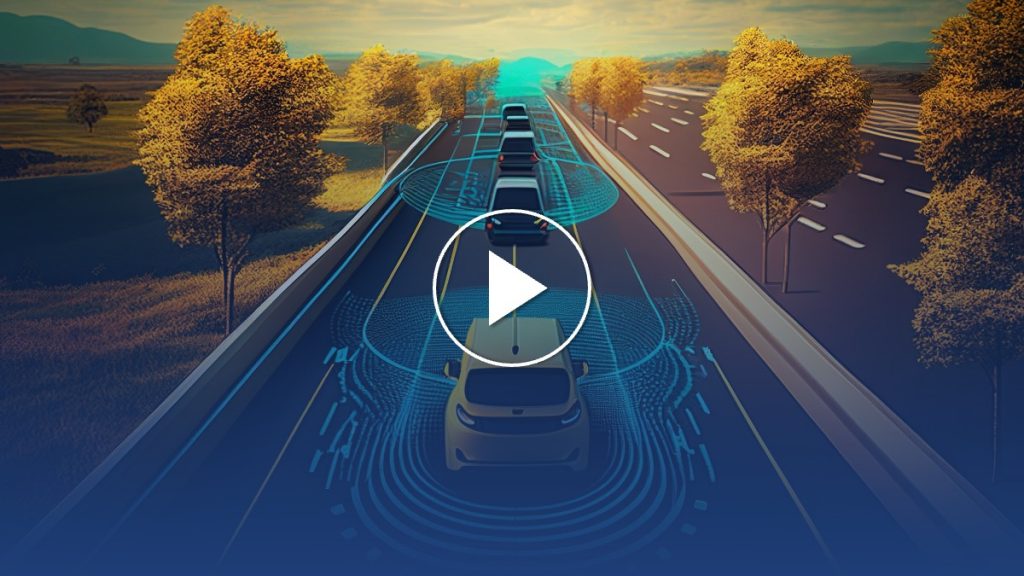Accelerating the Future: The Indy Autonomous Challenge and Its Impact on High-Speed AI Technology
The Indy Autonomous Challenge (IAC) stands at the forefront of autonomous vehicle technology, serving as a pivotal competition that not only pushes the boundaries of high-speed AI-driven cars but also shapes the future of this technology. Drawing inspiration from the DARPA Grand Challenges of the early 2000s, the IAC is a beacon of innovation, revolutionizing how autonomous technology is perceived and applied in the real world, particularly in high-speed transportation.
Mark Ferlet, Director of Marketing for the IAC, discusses the competition’s unique objectives. Unlike mainstream autonomous projects that typically focus on urban and suburban applications, such as robotaxis, the IAC is pioneering the development of high-speed autonomy. This initiative is crucial because current market offerings do not fully address the demands and possibilities of high-speed transportation, which includes scenarios like rapid freight transport and urgent inter-city travel.
The challenge utilizes a standardized platform—a Dallara IL-15 racecar chassis modified for autonomous operation, ensuring that the competition focuses purely on software prowess. Universities from around the globe, including prestigious names like Berkeley, MIT, and Politecnico Milano, and institutions from Korea and Canada, participate in this challenge. These teams are tasked with coding AI that can control these cars at thrilling speeds of up to 200 mph.
The core of the competition is a “software battle,” where the differentiation among teams lies solely in their AI’s capability to navigate complex, high-speed scenarios. This involves strategic overtaking maneuvers and real-time decision-making, crucial skills for any AI operating at such high speeds. The vehicles are equipped with sophisticated systems like the Altera Autobox for strategic decisions and the Raptor engine for instantaneous, reflexive actions akin to human subconscious responses.
One of the most notable aspects of the IAC is its collaborative framework. By engaging academia, the private sector, and government agencies, the competition serves as a catalyst for technological advancement, accelerating the pace of innovation and broadening access to cutting-edge developments. This collaborative synergy not only fosters innovation but also tests and enhances the technologies contributed by sponsors, such as manufacturers of LIDARs, radars, and cameras, which are integral to the cars’ sensory systems.
Looking beyond the technological feats, the IAC is deeply committed to educational outreach. By engaging STEM students and high schoolers, the challenge provides a platform for the next generation of engineers and technologists to witness and contribute to the advancements in autonomous vehicle technology. This outreach is pivotal in nurturing a skilled workforce capable of driving future innovations in this dynamic field.
As the IAC gears up for its next competition on September 6th at the Indianapolis Motor Speedway, excitement builds among the competing university teams and across the automotive and technology sectors worldwide. With a substantial prize of $1 million on the line, the event promises to showcase the pinnacle of current autonomous vehicle technology, marking a significant milestone in the journey from imagination to high-speed implementation.
This initiative exemplifies how targeted challenges and collaborative efforts can lead to exponential growth in technology sectors, potentially setting new standards for autonomous transportation on public roads and beyond.
The interview was recorded by Greg Orloff from IIoT World. This summary was created based on the video transcript with the assistance of https://chat.openai.com. It was edited by the IIoT World team.
